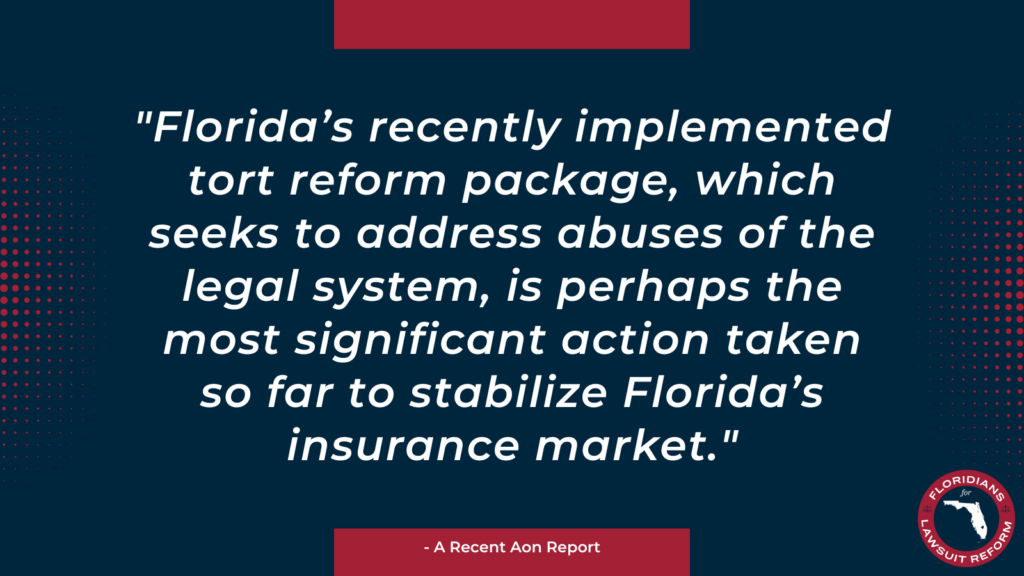
Updated July 11, 2023 3:49 PM
The market for reinsurance — a critical piece of Florida’s property-insurance system — is improving. But it comes at a price.
Those are takeaways from new reports as Florida insurers try to bounce back after two years of homeowners losing policies and facing major rate increases because of financial troubles in the industry.
On Tuesday, Farmers Insurance, a large insurer with national presence, informed the state it was dropping home, auto and umbrella policies across Florida, potentially affecting tens of thousands of people. It’s the fourth company to leave the Florida market in the last year — most citing rising risks from hurricanes.
Reinsurance, which is essentially insurance for insurers, helps drive the catastrophe-prone Florida insurance system. When the market for reinsurance is tight and costly, the effects trickle down to homeowners’ policies.
But the new reports indicate reinsurance has been available this year for Florida insurers during a critical period in June and July when many reinsurance contracts are renewed. The rub? Reinsurance prices are up.
A report released by the reinsurance broker Aon included a subtitle that said, “Florida: Challenging market turns a corner.”
“The 2023 mid-year renewal was orderly for Florida-domiciled insurers, which are heavily reliant on reinsurance to trade and meet solvency and ratings requirements,” the report said. “Despite concerns post Hurricane Ian of a potential capacity crunch for Floridian insurers, catastrophe reinsurance capacity was available at mid-year, at a price.”
Similarly, a report by Gallagher Re, another reinsurance broker, said: “Overall, there was sufficient supply to clear renewals, albeit at meaningful price increases compounding over multiple years.”
The Insurance Journal reported on the Aon and Gallagher Re reports last week.
Property insurers buy reinsurance and a type of financial instrument known as catastrophe bonds to hedge against risks. Being able to offload a portion of risk is vital for insurers in situations such as last year’s Hurricane Ian, which caused tens of billions of dollars in insured losses.
But while many homeowners might not realize it, the costs of what is known as “risk transfer” get baked into their insurance premiums.
A report slated to go before the Citizens Property Insurance Corp. Board of Governors on Wednesday said “risk transfer pricing is up for the year with most Florida carriers experiencing rate increases of approximately 30%-50%, while pricing indications for non-Florida risk is up 10%-20%.”
The report said the state-backed Citizens, which is Florida’s largest property insurer, plans to spend $650 million this year for its risk-transfer program, which would provide $5.38 billion in coverage.
Insurers rely on a combination of reinsurance bought in the private market and from the state-run Florida Hurricane Catastrophe Fund, which can provide the coverage at a relatively low cost.
With the property-insurance market crumbling in May 2022 — before Ian hit Southwest Florida — lawmakers agreed to spend $2 billion in tax dollars to temporarily provide additional reinsurance coverage to insurers. They followed up in December by approving a program that effectively offered additional levels, known as “layers,” of reinsurance funded through $1 billion in state tax dollars and premiums paid by insurers.
But the new reports indicate that other changes made by lawmakers, including a series of steps aimed at limiting lawsuits against insurers, have helped make Florida more appealing to reinsurers.
“Florida’s recently implemented tort reform package, which seeks to address abuses of the legal system, is perhaps the most significant action taken so far to stabilize Florida’s insurance market,” the Aon report said.
“Prior accident year results remain a challenge, but as the full benefits of tort reform materialize, the supply of property insurance in Florida should increase. Combined with improved terms and conditions, the reform should also help attract additional reinsurance capacity to the state going forward.”
